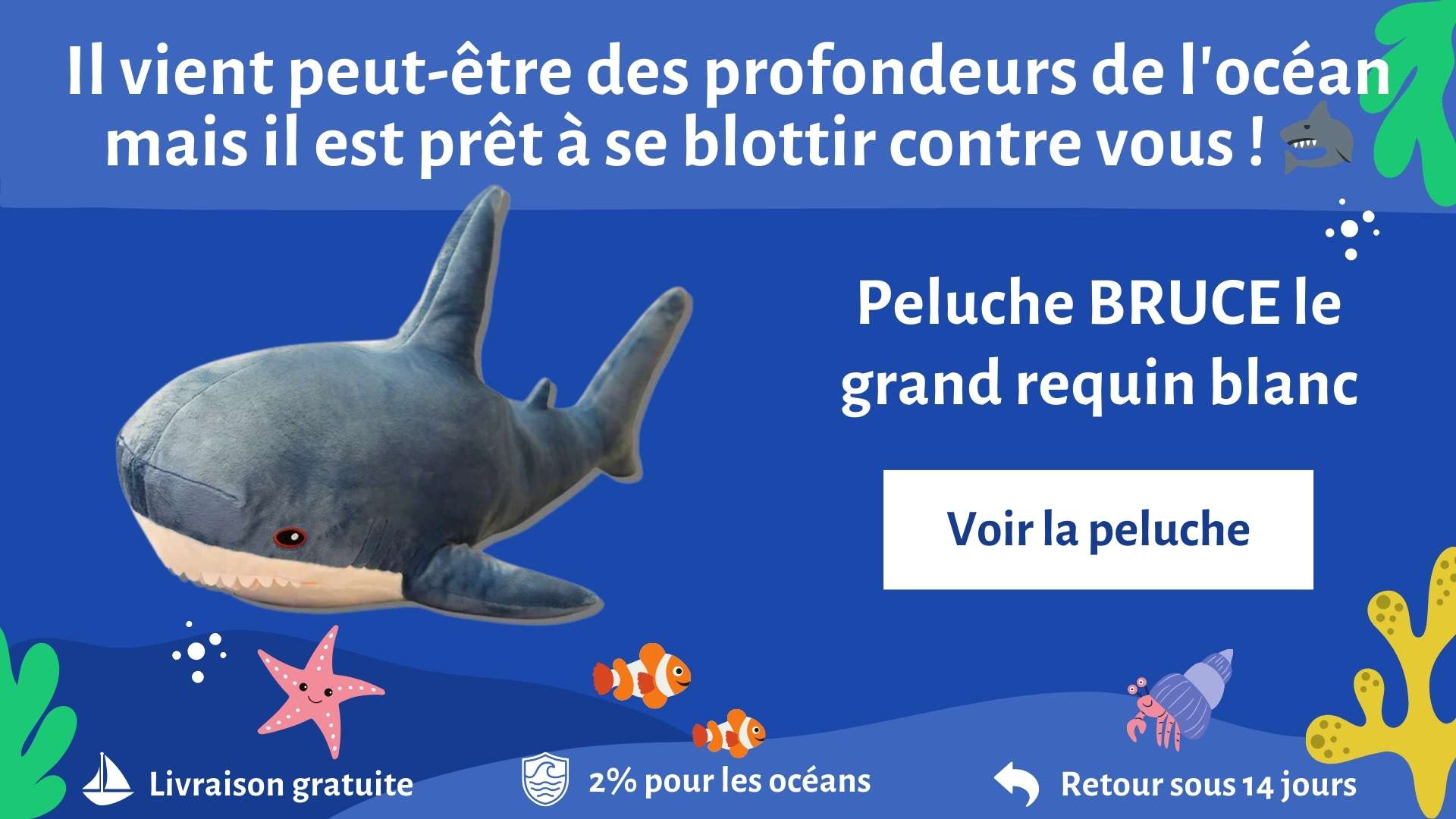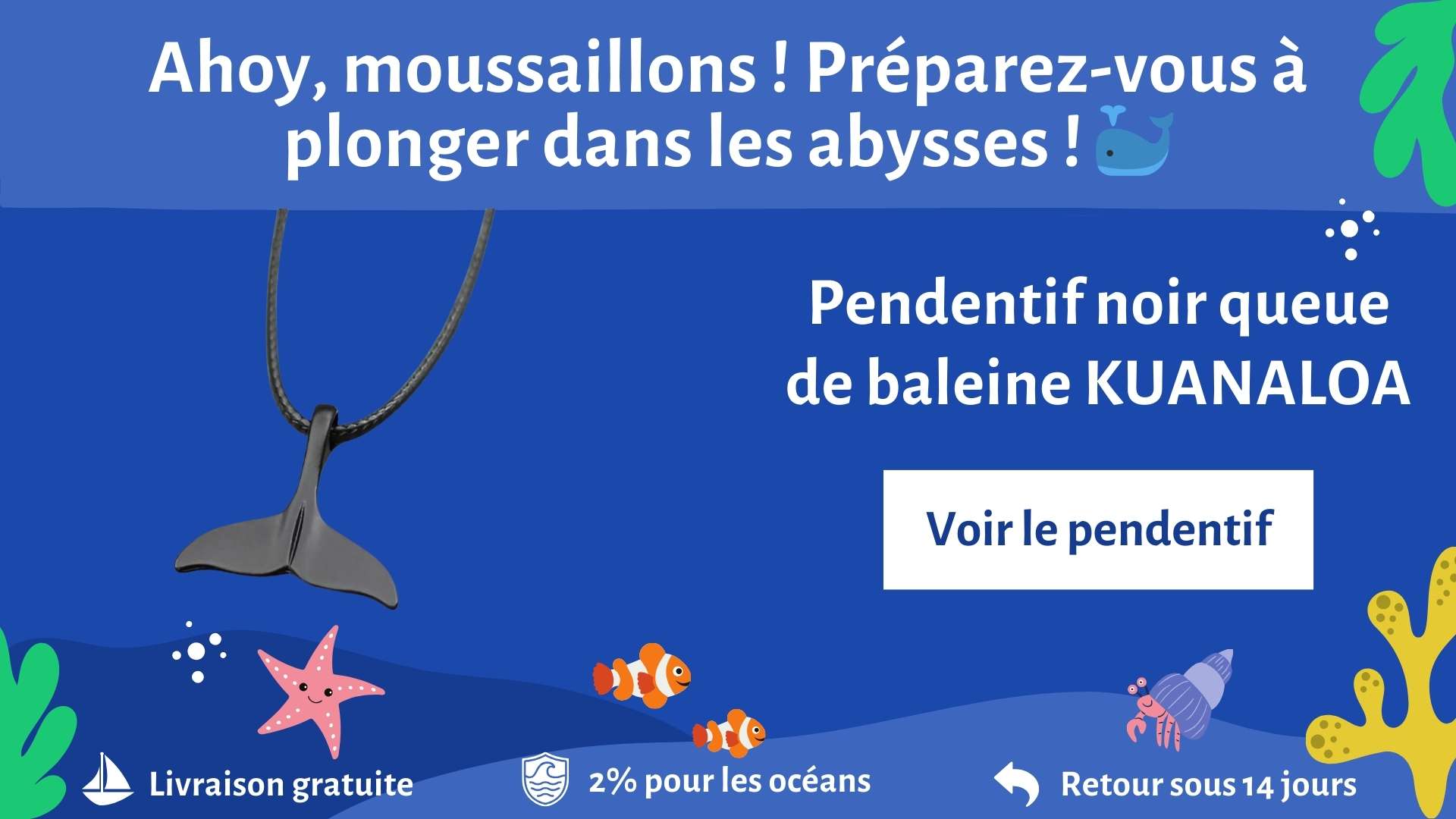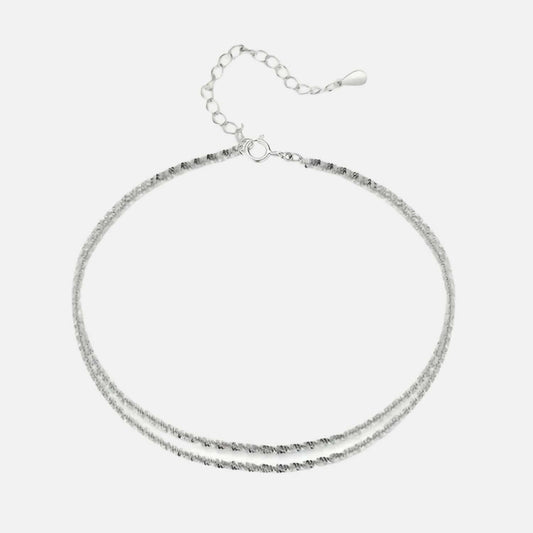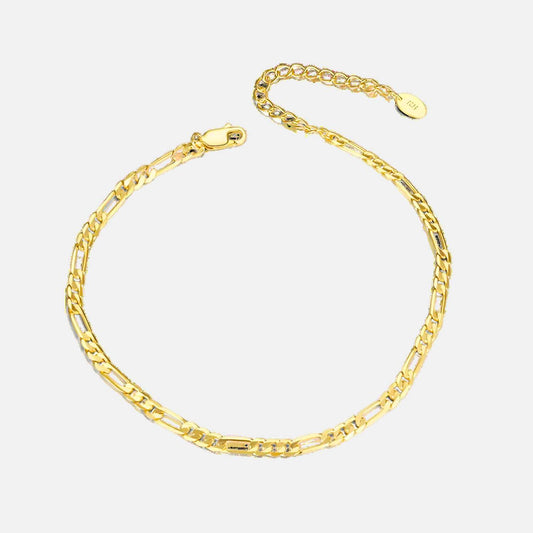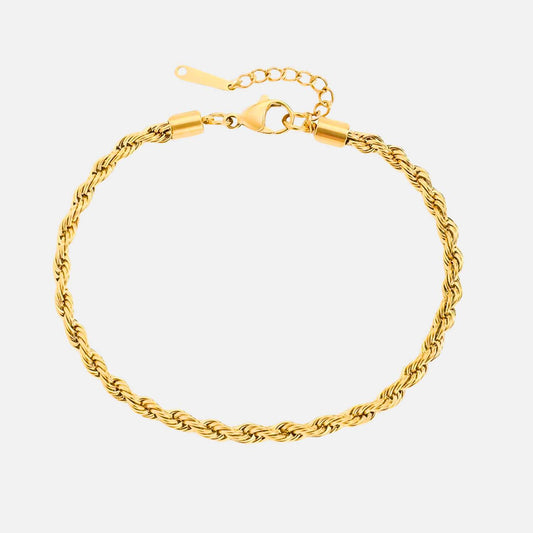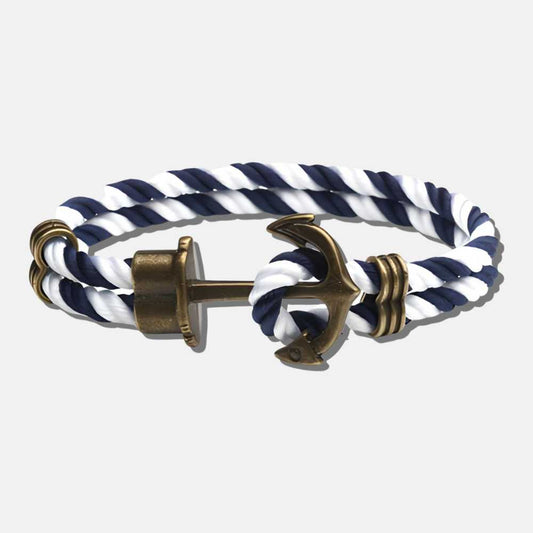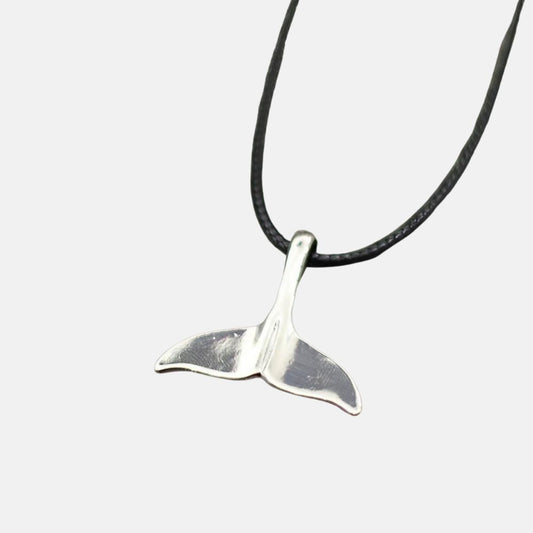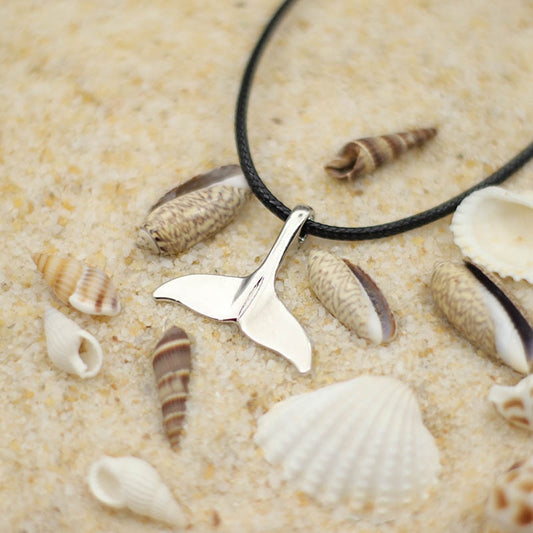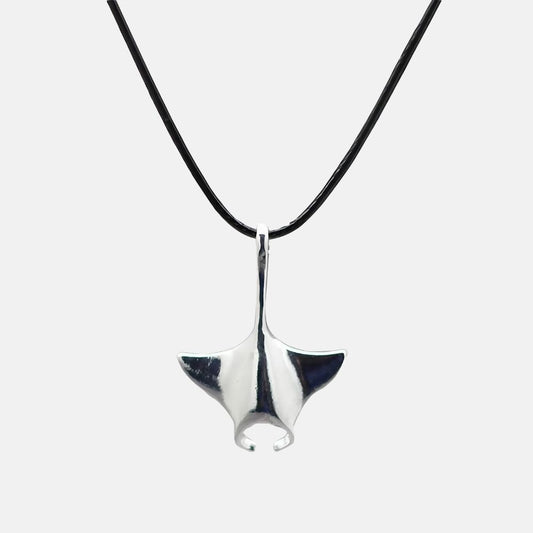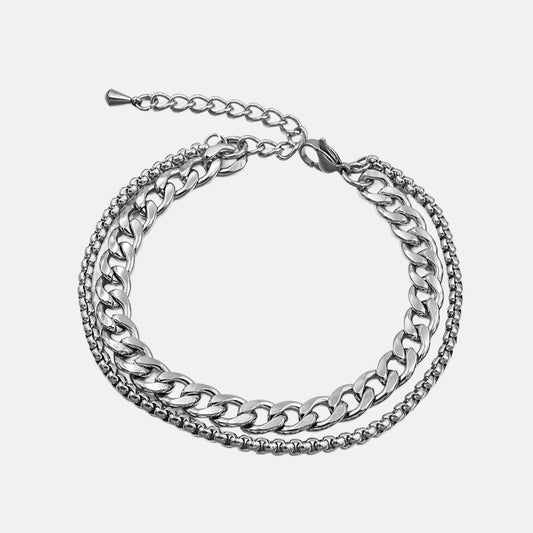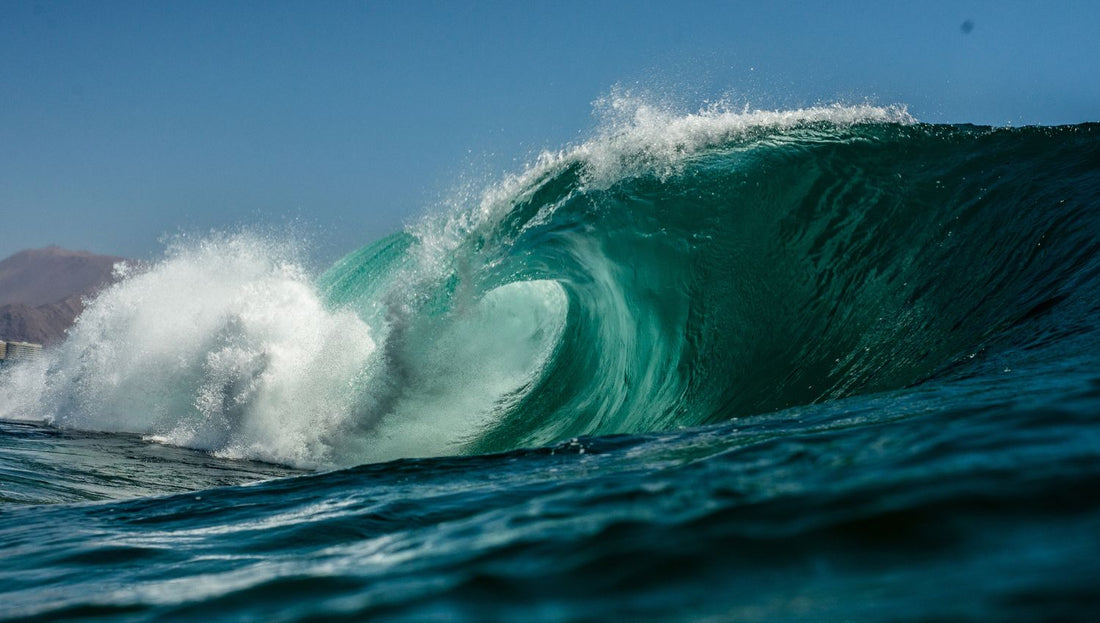
What are the five oceans of the world?
As one of the five largest bodies of water on Earth , the oceans are essential to the survival of our planet and play a crucial role in regulating climate and weather. Oceans cover approximately 71% of the Earth's surface and contain 97% of the water on the planet. Despite their size and importance, it is often difficult to know how many oceans there are in the world. Although the answer is simple, it is often controversial: there are five oceans in the world.
Earth's five oceans are the Pacific , Atlantic , Indian , Antarctic , and Arctic . Each of these oceans is unique in terms of geography, climate and marine life. The largest of the five oceans is the Pacific, which covers more than 63.8 million square miles . The Atlantic is the second largest ocean, followed by the Indian Ocean, which is the third largest.
The Antarctic Ocean, also known as the Southern Ocean, surrounds the Antarctic continent and is considered the fourth largest ocean . Finally, the Arctic Ocean is the smallest of the five oceans and is located in the northern hemisphere, surrounding the Arctic Ice Ocean.
Want to adorn yourself with the most beautiful wonders of the ocean? Dive into our collection of marine jewelry , where shells and crustaceans are showcases! ⚓
Each of the five oceans is home to a multitude of fascinating marine plants and animals , from giant whales and predatory sharks to colorful corals and exotic fish. The oceans are also critically important to humans , providing resources such as food, transportation and energy.
Despite their importance to our planet, the oceans are threatened by a variety of environmental problems, including overfishing, pollution and climate change. Understanding how the world's five oceans work and their importance is essential to protecting them and ensuring their long-term sustainability.
In this article, we'll explore each of the world's five oceans in detail, examining their geography, climate , flora and fauna , and the environmental issues that threaten them. We will also see how the oceans relate to people and how we can all take action to preserve these vast bodies of water for generations to come.
The oceans, vital elements for the planet
The oceans are key elements of our planet, covering 71% of its surface. They are responsible for the existence of life on Earth, because it was in the ocean that life began. Today, more than 230,000 marine species reside there.
The oceans, climate regulators
The oceans have a crucial role in controlling the Earth's climate and temperature. They regulate heat by absorbing and distributing solar heat , which has a significant impact on the creation of precipitation.
Ocean salinity
Ocean salinity varies from region to region, but on average it is around 3.5%. Some regions, however, have higher salinity, such as the Mediterranean , the Atlantic and the Bay of Bengal.
Sizes and names of the world's oceans
The world has five oceans: the Pacific Ocean, the Atlantic Ocean, the Indian Ocean, the Antarctic Ocean and the Arctic Ocean. The largest of them is the Pacific Ocean, which covers more than 30% of the planet's surface. The smallest is the Arctic Ocean, which is home to 25% of the planet's undiscovered oil reserves.
The Pacific, the largest of the oceans
The Pacific is the largest ocean, covering an area larger than all the landmasses combined. It was named by Fernão de Magalhães, the Portuguese explorer who organized the first circumnavigation of the Earth in 1521 and who called it "Mar Pacifico".
The oceans are essential elements for life and the climate of our planet. They are also of great diversity, with varying sizes and salinities depending on the region .
The Pacific Ocean, the largest ocean
The Pacific Ocean is the largest of the oceans, covering an area of 168,723,000 square kilometers. It also accounts for 45% of the world's ocean coverage and is considered the largest feature on planet Earth.
Depth and extent of the Pacific Ocean
The Pacific Ocean is the deepest ocean, with an average depth of 4,200 meters. The Mariana Trench, located in the Pacific, is the deepest area of the ocean, reaching 10,920 meters deep.
The Pacific Ocean stretches 19,300 kilometers wide from east to west, covering almost half the world, and 15,500 kilometers long from north to south.
Winds and waves in the Pacific Ocean
In winter, the northern half of the Pacific Ocean is swept by strong winds of more than 55 kilometers per hour, generally blowing from the west. These winds can generate sustained waves of more than five meters, striking the western coasts of North America and Hawaii .
In the tropical strip of the western North Pacific, the influence of the Asian monsoon is felt. Strong easterly winds extend to the equator in January and generate waves up to 10 feet (three meters).
Generally, light winds are experienced east of the Pacific equator throughout the year, and wave heights are maintained by propagating swells from westerly winds from the North and South Pacific.
In the southern Pacific, strong westerly winds blow between midlatitudes 35° to 60° throughout the year. This broad corridor, stretching from New Zealand to Cape Horn, reaches its peak activity from June to September, when southwest swells primarily affect the central and eastern Pacific.
In the tropics , easterly winds are less extensive and weaker than in the northern Pacific. This region therefore depends on long-range oscillations of mid-latitude westerly winds in either hemisphere.
The Atlantic Ocean, the second largest ocean
The Atlantic Ocean is the second largest of the oceans, covering an area of 85,133,000 square kilometers, or 22% of the world's ocean surface . This area expands to 29% when including neighboring seas.
The Atlantic Ocean is divided by the equator. The greatest distance from east to west in the North Atlantic is 6,900 kilometers, from the coast of Morocco to Florida, while in the South Atlantic it is 6,500 kilometers, from Cape Horn to Cape of Good Hope.
The Atlantic has an average depth of 3,660 meters and the deepest point is in the Puerto Rico Trench, at 8,648 meters.
Winds and waves in the Atlantic Ocean
The North Atlantic is the windiest and roughest ocean, with strong westerly winter winds of over 55 kilometers per hour, generating a swathe of seas over 15 feet (4.5 meters) in the zone of 30º to 60º and sending the largest waves to the east coast of the basin.
There is significant seasonal variation, with much lower winds and swells in summer. NE easterly winds blowing from the subtropical highs around 30ºN towards the equator are sustained all year round but weaker than those from the northern Pacific.
A large area of light winds or equatorial calms dominates the equatorial regions, with the exception of a weak SW monsoon felt in the Gulf of Guinea around July.
The South Atlantic is the smallest of the oceans and is unusual in being completely devoid of tropical storm activity. The barrier formed by the Andes produces a slight reduction in the strength of the SE easterly winds and a marked reduction in waves in the SW throughout the year.
Our blog on marine animals is the perfect spot for aquatic wildlife enthusiasts: come and discover anecdotes, scientific information and even fish jokes!
Overall, the Atlantic easterly winds are the weakest of all the oceans.
The Indian Ocean, an area similar to the Atlantic
The Indian Ocean covers 70,560,000 square kilometers , or 20% of the world's ocean area, making it a similar expanse to the Atlantic Ocean. It is located in the southern hemisphere, with little area north of the equator. It is 6,400 kilometers wide at the equator.
Winds and waves in the Indian Ocean
Winds in the Indian Ocean can be unpredictable and violent, as the low-latitude westerly flow can collide with the frigid polar easterly winds, creating turbulent and unpredictable winds. These winds have the greatest range of anywhere on the planet , leading to the term "roaring forties", which produce large ocean swells, resulting in regular "full rising seas". Maximum average waves of over 15 feet (4.5 meters) are seen in July and August, and unlike the Northern Hemisphere, seasonal change is minimal.
Monsoons in the Indian Ocean
The Asian / Australasian monsoon dominates the eastern half of the Indian Ocean throughout the summer (December to March), when strong west-northwest winds blow across Indonesia and northern Indonesia. Australia, while northeast winds blow towards India.
In the western half of the Indian Ocean, the southwest monsoon in winter (July) reaches its maximum intensity around Somalia (Somalia jet). The rest of the subtropical to equatorial zone is mainly influenced by southerly easterly winds.
The Southern Ocean, a unique and vital expanse
The Southern Ocean, also known as the Antarctic Ocean, is the body of water surrounding Antarctica. It is the fourth largest ocean in the world after the Pacific, Atlantic and Indian Oceans, and the newest, having been recognized as a distinct body of water in the 2000s.
The Southern Ocean is unique because it encircles Antarctica, and the strong winds that blow around the continent create currents that flow in a clockwise direction. These currents, along with cold ocean temperatures, help keep the water cold and give it its distinctive blue color.
The Antarctic Circumpolar Current (ACC) is the strongest current in the world and flows eastward.
The Southern Ocean is also home to many types of marine life, including penguins, seals and whales, some of which are found nowhere else. Additionally, many types of birds, such as albatrosses and petrels, make the islands and coasts surrounding the Southern Ocean their home.
Despite its remote location and harsh conditions, human activity has an impact on this ocean. Pollution , such as plastic debris and industrial chemicals, has been found in the Southern Ocean, affecting marine life. Climate change is also affecting the Southern Ocean, with melting ice caps and glaciers potentially leading to sea level rise and ocean acidification becoming a growing cause of concern.
The sea blog is our weekly meeting with the ocean: follow our marine adventures, our favorites, our eco-friendly advice, and above all, don't miss our pirate stories! 🔱
Protecting the Southern Ocean is essential as it plays a crucial role in regulating Earth's climate and supporting unique and diverse marine life.
The Arctic Ocean, a fragile and important expanse
The Arctic Ocean is the smallest and shallowest of the world's five oceans. It is located in the far north, surrounding the North Pole and almost entirely surrounded by Asia, Europe, Greenland and North America. It is also known for its cold temperatures and long, dark winters. In winter it is mostly frozen; in summer, only half of its surface melts.
The Arctic Ocean is home to many types of marine life, including fish , seals and whales . Some of the best-known animals living in the Arctic Ocean are polar bears, walruses and narwhals. Many types of birds, such as puffins and arctic terns , also make the Arctic their home.
There are also many islands in the Arctic Ocean, such as Greenland , Svalbard and the Canadian archipelago. These islands are known for their rugged and remote landscapes and are also home to many plants and animals.
The Arctic Ocean is also important because it plays a significant role in regulating Earth 's climate due to the large amount of sea ice that forms in winter and melts in summer. Melting sea ice is affecting the Arctic ecosystem and the wildlife that depends on it. Climate change is causing sea ice to melt at an alarming rate.
The Arctic Ocean receives a lot of fresh water from the large Siberian rivers and warm salt water from the Atlantic Ocean (80%) and the Pacific Ocean (20%). Icebergs breaking off Greenland account for two percent of the water leaving the Arctic Ocean.
Several surface currents and winds move through the region. The Arctic Ocean and the Atlantic Ocean are connected by the Northwest Passage , a difficult shipping route.
Humans also impact the Arctic Ocean with oil and gas extraction, overfishing, pollution and shipping. The Arctic is also a place of interest for shipping routes and mineral resources.
It is therefore essential to understand and protect the Arctic Ocean, not only for the sea creatures that live there, but also for the Earth's climate as a whole.
The seas of the world
People often use the word " sea " to refer to the ocean , but technically these two expressions are not interchangeable.
An ocean has many seas. Seas are smaller parts of an ocean. So what are the world's seas?
- Pacific Ocean : Bali Sea, Bering Sea, Bering Strait, Coral Sea, East China Sea, Gulf of Alaska, Gulf of Tonkin, Philippine Sea, Sea of Japan, Sea of Okhotsk, South China Sea and Tasman Sea;
- Atlantic Ocean : Baltic Sea, Black Sea, Caribbean Sea, Davis Strait, Denmark Strait, part of the Drake Passage, Gulf of Mexico, Labrador Sea, Mediterranean Sea, North Sea, Norwegian Sea and most of the sea of Scotia;
- Indian Ocean: Andaman Sea, Arabian Sea, Bay of Bengal, Flores Sea, Great Australian Bight, Gulf of Aden, Gulf of Oman, Java Sea, Mozambique Channel, Persian Gulf, Red Sea, Sea of Savu, Strait of Malacca and Timor Sea.
Don't know everything about marine mammals ? Our blog takes you on an informative and fun journey into the heart of these fascinating creatures. Be careful, risk of triggering unwanted 'awwww'! 🐳
- Southern Ocean: Amundsen Sea , Bellingshausen Sea, part of the Drake Passage, Ross Sea, a small part of the Scotia Sea and the Weddell Sea;
- Arctic Ocean : Baffin Bay, Barents Sea, Beaufort Sea, Chukchi Sea, East Siberian Sea, Greenland Sea, Hudson Bay, Hudson Strait, Kara Sea, Laptev Sea and Northern Passage West.
Frequently asked questions about the five oceans of the world
What are the five oceans of the world?
The five oceans of the world are the Atlantic Ocean, the Pacific Ocean, the Indian Ocean, the Arctic Ocean and the Antarctic Ocean (also called the Southern Ocean).
How big is each ocean compared to the others?
The Pacific Ocean is the largest ocean in the world, followed by the Atlantic Ocean, Indian Ocean, Antarctic Ocean, and Arctic Ocean.
Which countries have a coast on each of the five oceans?
Countries that have a coastline on each of the five oceans are Canada, United States, Mexico, Guatemala, Honduras, Nicaragua, Costa Rica, Panama, Colombia, Venezuela, Guyana, Suriname , Brazil, Uruguay, Argentina, Chile, Peru, South Africa, Mozambique, Kenya, Tanzania, Indonesia, Australia, New Zealand, Russia and Norway.
What are the geographical characteristics of each ocean (seabed, currents, climate, etc.)?
Each ocean has unique geographic features, including different seabeds, currents and climates. For example, the Pacific Ocean is home to the Mariana Trench, the deepest point on Earth, while the Atlantic Ocean has a warmer temperature on its surface due to the Gulf Stream.
How do humans use the world's five oceans (commerce, fishing, tourism, etc.)?
Humans use the world's five oceans for a variety of reasons, including commerce, fishing, tourism, and scientific research. The oceans are also used for the transport of goods and people by ship and plane.
What are the environmental problems affecting the five oceans (pollution, overfishing, climate change, etc.)?
Environmental issues affecting all five oceans include pollution, overfishing, climate change, biodiversity loss and the destruction of marine habitats.
How do marine organisms adapt to different conditions in each ocean?
Marine organisms adapt to the different conditions in each ocean by evolving unique physiological traits that allow them to survive in their particular environment.
What are the emblematic marine species of each ocean?
Every ocean has iconic marine species, such as the great white shark in the Atlantic Ocean, the humpback whale in the Pacific Ocean, the tiger shark in the Indian Ocean, the Weddell seal in the Antarctic Ocean and the Atlantic cod in the Arctic Ocean.
How are the oceans studied and mapped?
The oceans are studied and mapped using advanced technologies such as sonar, satellites and underwater drones. Scientists collect data on temperature, salinity, pressure and other factors to better understand the oceans.
How can the oceans be protected and preserved for future generations?
The oceans can be protected and preserved for future generations by taking steps to reduce pollution, overfishing and greenhouse gas emissions.
Conclusion on the five oceans of the world
In conclusion, we have seen that the five oceans of the world are the Pacific Ocean, the Atlantic Ocean, the Indian Ocean, the Antarctic Ocean and the Arctic Ocean. Each of these oceans has its unique characteristics, both geographically and biologically and environmentally.
The Pacific Ocean is the largest and deepest of the five oceans, covering more than 30% of the Earth's surface. It is also the most diverse, with a wide variety of underwater landscapes and marine wildlife. It is also the ocean where the Pacific Ring of Fire is located, an area of high seismic and volcanic activity.
The Atlantic Ocean is the second largest ocean in the world and the saltiest. It is also home to some of the world's largest underwater mountain ranges and unique marine species.
You've already seen The Great Wave off Kanagawa , but do you know its story, its symbols and its diversions? Our blog reveals everything about this legendary work, which continues to make waves! 🌊
The Indian Ocean is the third largest ocean in the world and is characterized by high temperatures, spectacular coral reefs and diverse marine wildlife including sharks, sea turtles and dolphins.
The Antarctic Ocean is a relatively small and shallow ocean, but it is extremely important to the global climate because it regulates the planet's temperature by transporting cold, salty water to other oceans.
Finally, the Arctic Ocean is the smallest and shallowest of the five oceans, but it also plays an important role in regulating global climate by transporting cold, fresh water to other oceans.
In summary, knowledge of the world's five oceans is important for understanding the diversity of our planet, but also for understanding how they interact to influence climate and the global environment. We must take care of these oceans to ensure their health and sustainability for future generations.


